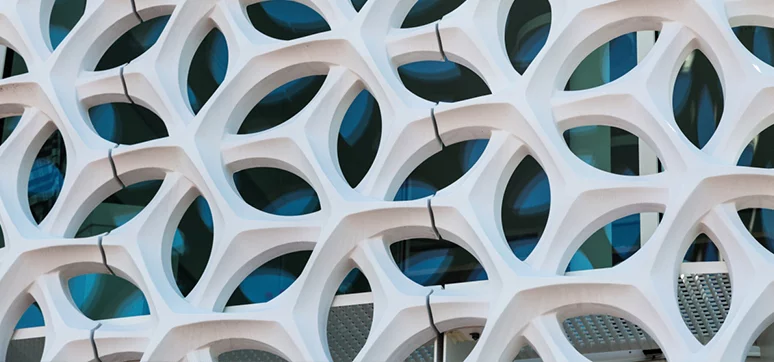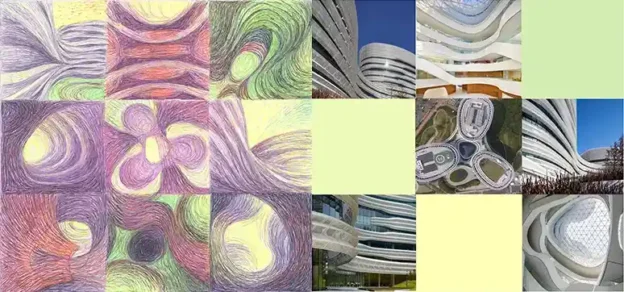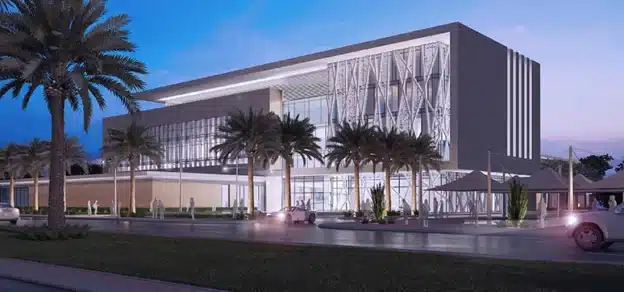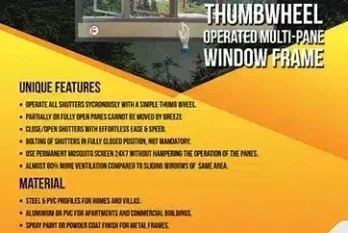AIR POLLUTION IN INDIA
We know by now how severe air pollution in several forms such as smog and smoke constituting the greenhouse gas is a serious environmental issue in today’s modern & progressing India. We were 21st among the 30 most polluted cities in the world in 2019.
As per a study based on 2016 data, at least 140 million people in India breathe air 10 times or more polluted than the World Health Organization (WHO) safety limit, making it 13 of the world’s 20 cities with the highest annual levels of air pollution. 51% of the pollution is caused by industries, 27% by vehicles, 17% by crop burning, and 5% by other sources. The worst is that this air pollution contributes to the premature deaths of 2 million Indians every year.
In cities, the major sources are the increasing number of vehicles and industries, whereas, in rural areas, it is biomass burning for cooking and keeping warm. In autumn and spring months, large-scale crop residue burning in agriculture fields is a major source of smoke, smog and particulate pollution. Although India has a low per capita emission of greenhouse gases, we are the third largest greenhouse gas producer after China and the United States.
MEASURES TO CURB AIR POLLUTION

There are several measures taken up by the local state governments which range from setting stricter vehicle emissions norms, and higher penalties for burning garbage to launching the odd-even rule in November 2017 by the Delhi government. However, the damage done by air pollution is showing a jump day by day as the number of vehicles keeps increasing. Here, innovative technologies play an important role in an attempt to remove pollutants from the air we breathe.
TITANIUM OXIDE FOR FAÇADES
TiO2 is being used to help address one of our planet’s most pressing environmental concerns – air pollution estimated to have caused more than 450,000 premature deaths each year in Europe alone. The versatile compound Titanium Dioxide has now found a place as an active ingredient in paint and building materials to remove pollutants from the air. Now we can have a city with all the buildings automatically cleaning polluted air without the use of expensive filtration devices over a vast footprint in developed affected areas.
HOW DOES IT WORK?
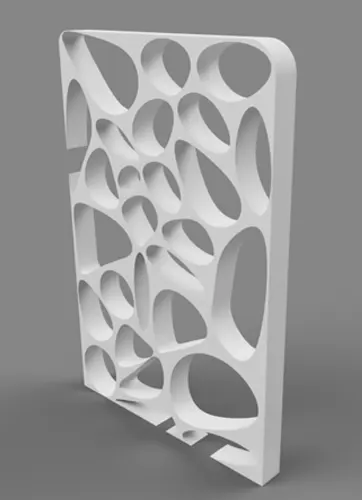
It may sound surprisingly futuristic but Titanium Dioxide (TiO2 ) helping in fighting against pollution is a reality. The latest independent research has established that Nitrogen Oxide and Nitrogen Dioxide levels can be reduced by between 15 and 38 per cent on a typical busy street, for example in London city limits.
The special grades of Titanium Dioxide remove harmful Nitrogen Oxides from the air through ‘photo catalysis’ – a process where light speeds up a naturally occurring chemical reaction called photolysis. Photocatalysis results in the rapid conversion of Nitrogen Oxides into harmless soluble Nitrate salts which are removed from a building’s surface by rainfall.
By painting buildings or by using preformed materials containing these special grades of Titanium Dioxide, it is easier to create this reaction on a larger scale. Typically produced by diesel- and petrol-driven engines, Nitrogen Oxides are both directly harmful to health and responsible for smog formation. This process of photocatalysis can be used to safely remove dangerous and polluting matter from the air.
What works even better is that the Titanium Dioxide does not get consumed or degraded. This means that the TiO2 – based coatings will continuously remove the pollutants from the air, making it a cost-effective and low-maintenance solution. The air cleaning façades are to tackle the most severe problem not only in developed but also in developing countries.
THE POTENTIAL OF PHOTOCATALYSIS
The WHO (World Health Organization) estimates that every year, 2.4 million people die as a result of air pollution. If Titanium Dioxide is applied to the buildings in the form of façade treatment on a wide scale, the cities can deal with this crisis with an additional tool, and tackle the high levels of pollution produced on a daily basis. The effectiveness of Titanium Dioxide as a photocatalytic material was questioned – notably in the year 2016 by the UK’s Air Quality Expert Group.
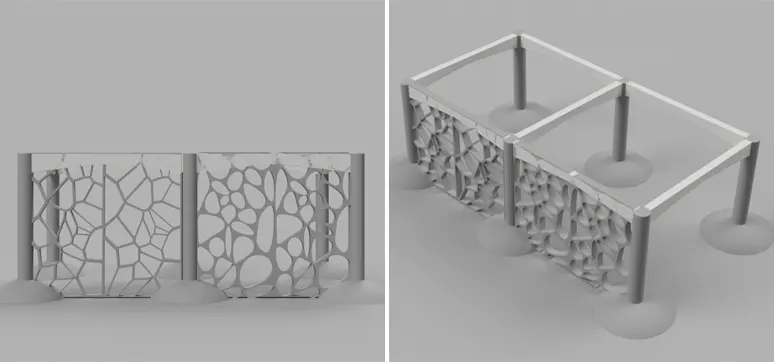
However, following an independent review that analysed approximately 100 published articles and 12 field trials, Titanium Dioxide was in fact shown to be highly effective at reducing harmful pollutants when using well-formulated products applied to sufficiently large surface areas, which are also exposed to adequate natural light levels. While we are a little away from applying this idea to all building materials, more and more buildings across the world are using this Titanium Dioxide-based technology during their construction phases and it has become an important part of the process.
Special Titanium Dioxide particles used in coatings can be activated by light to neutralise air pollutants. TiO2 coatings have been used for this purpose in settings as diverse as hospitals in Mexico City. In Mexico City (named the most polluted city on the planet in 1992), one of the main hospitals, Torre de Especialidades, is fighting the smog using the TiO2 tiles that cover the entirety of the external façade.
It is estimated that the TiO2 coating on the hospital alone can neutralise the pollution of 8,750 cars every day. This is indeed a great number when it comes to dealing with pollution in the cities and around. The designers of the Manuel Gea González Hospital in Mexico City, whose façade has been covered with 2,500 square metres of TiO2 coating, estimate that it could negate carbon emissions from 1,000 car journeys each day.
THEY ARE THE SELF CLEANING FAÇADES
TiO-coating acts due to the power of light (and there is plenty of it falling on a façade). Titanium Dioxide (TiO2 ) is baked onto the tile surface at high temperatures (which makes it the only coating of its kind with a long-term guarantee). Titanium Dioxide acts as a catalyst in the reaction between light, oxygen and air humidity. Activated oxygen is produced and the result is a hydrophilic (“water-friendly”) surface with the following advantageous properties:
- Antibacterial: microorganisms such as e.g. fungi, algae, moss, or germs are decomposed.
- Extremely easy to clean: instead of being repelled, the water spreads to form a thin film, which washes down the dirt.
- Odour-eliminating: unwelcome or harmful odours and atmospheric pollutants are eliminated – both indoors and outdoors.
- Sustainable: activated oxygen is released into the atmosphere cleaning the air

SUSTAINABLE USES
Titanium Dioxide is not only safe but comes with wide-reaching environmental benefits including
- Energy efficiency in reflective coatings and “cool roofs”
- Cheaper renewable energy, through efficient dye-sensitised solar cells
- Resource efficiency with durable construction materials
- Waste reduction with lightweight packaging films
THE RANGE OF PAINTS TO PAVEMENTS
Taking this one step further, the Eindhoven University of Technology has developed a way to apply TiO2 to pavements making them ‘photocatalytic pavements’. This concept can reduce smog in cities by between 19 and 45 per cent, depending on conditions. Students from the University of California Riverside used a similar concept but applied it to roof tiles. Each roof tile is simply covered with Titanium Dioxide and as they absorb sunlight throughout the day, the tiles remove the pollution from the air.
When used in a particular way, Titanium Dioxide’s ability to remove pollutants directly from the air offers a huge opportunity to cut down pollution levels. This is particularly relevant in cities, which have both high levels of pollution and a huge number of buildings.
There are limitations to using Titanium Dioxide on surfaces in the fight against local air pollution, but it can be used in combination with other measures to make a significant impact. TiO2 provides a low-maintenance and cost-effective way to positively affect the living conditions of millions of the urban population through improved local air quality.
LIFE SAFETY A PRIORITY
Lung Surgeon Dr Arvind Kumar spoke in a recent podcast, “The deaths caused by air pollution-related diseases are more than HIV, TB, Malaria, Dengue & recent COVID together” which is quite alarming and needs top priority attention. The future is here. It is up to us to make it better or worse. Let’s give ourselves a chance using such air cleaning mechanisms devised out of technological research and innovations. And breathe fresh air as our birthright.
REFERENCES:
https://tdma.info/
